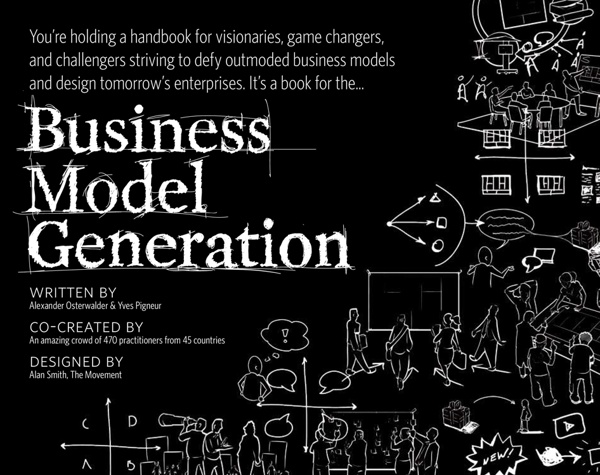



Achieve Product-Market Fit with our Brand-New Value Proposition Designer Canvas I’m a big fan of the Lean Startup movement and love the underlying principle of testing, learning, and pivoting by experimenting with the most basic product prototypes imaginable - so-called Minimal Viable Products (MVP) – during the search for product-market fit. It helps companies avoid building stuff that customers don’t want. Yet, there is no underlying conceptual tool that accompanies this process. There is no practical tool that helps business people map, think through, discuss, test, and pivot their company’s value proposition in relationship to their customers’ needs. So I came up with the Value Proposition Designer Canvas together with Yves Pigneur and Alan Smith. The Value Proposition Designer Canvas is like a plug-in tool to the Business Model Canvas. The Canvas with its 9 building blocks focuses on the big picture. In this post I’ll explain the conceptual tool. The Value Proposition Designer Canvas Achieving Fit Customer Jobs Ask yourself: Customer Pains Customer Gains
5 Tips to Tell Your Business Model as a Story — Strategyzer The ability to clearly communicate your ideas and vision is crucial in a corporate or start-up venture. You need a convincing story to get your team, managers, or investors excited and turn an idea into reality. Use the Business Model Canvas and Value Proposition Canvas to present your ideas in crystal clarity. These two visual tools are just as great for communicating ideas as they are for creating and testing them. Here are five tips to tell your business model and value proposition as a story: 1. 2. 3. Instead, create a thread to your story and walk your audience through it. Connect your sticky notes in the order that logically makes sense to tell your story. 4. 5. Check out how Owlet, a medtech startup, pitched their ideas to a panel of judges including Alex Osterwalder & Steve Blank and won the 2013 International Business Model Competition!
Mon Business Model Canvas